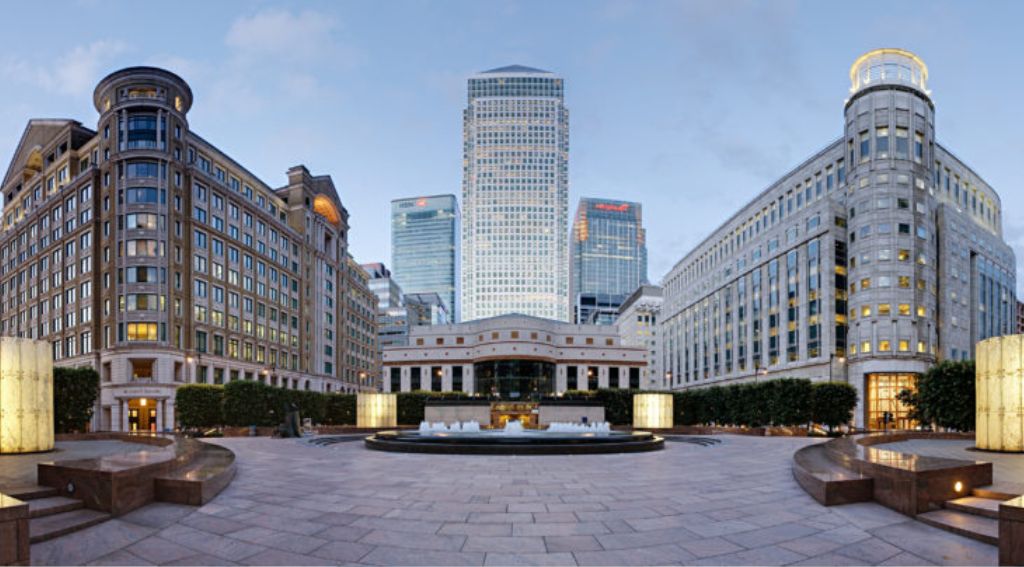AIBC Forex: Canary Wharf faces bank exodus as UBS moves Credit Suisse

UBS’s decision to relocate Credit Suisse from Canary Wharf adds to the financial district’s challenges. This follows with the exit of HSBC from the area, a departure that has already left a significant void.
Digital banking has also reshaped Canary Wharf, London’s financial hub. As traditional banking moves to digital platforms, Canary Wharf’s financial institutions have adapted, focusing on innovation and technology. The shift towards remote and flexible work arrangements has also prompted the reconsideration of office space needs, challenging the district to evolve.
Relevance as a financial epicentre
Credit Suisse employees received news of their move to UBS’s City headquarters in London via a memo. The transition is expected to conclude by the end of next year, another blow to Canary Wharf. UBS’s move is part of a broader real estate strategy to centralize teams and focus on client and employee engagement. The financial district will witness further office space availability as former bank tenants like Barclays vacate premises, shifting focus back to the City.
Rebranding efforts
The allure of open floors and high-rise towers in Canary Wharf has waned post-Covid-19. Companies now opt for centrally located offices, offering enticing amenities like roof terraces to encourage in-person work. Canary Wharf’s office vacancy remains higher than other London districts. UBS is phasing out Credit Suisse’s brand in the UK and Guernsey, replacing signage with UBS logos. However, the fate of Credit Suisse’s brand in Switzerland remains undecided.
Comeback for the City
Credit Suisse was among the earliest tenants in Canary Wharf, played a pivotal role in its inception. One Cabot Square served as its UK headquarters but its occupancy has been diminishing in recent years. Canary Wharf faces challenges as it adapts to evolving office dynamics and tenant preferences.
From docks to dollars: Canary Wharf’s transformation
Canary Wharf, once a bustling industrial docklands area on the banks of the River Thames in East London, underwent a remarkable transformation to become one of the world’s leading financial centres. This evolution not only revitalized East London but also significantly altered the financial landscape in the city and beyond.
In the 1980s, the British government and local authorities conceived an ambitious vision to rejuvenate East London, aiming to transform the derelict docks into a vibrant financial district. This was the vision of the late former Prime Minister Margaret Thatcher. The area was renamed Canary Wharf, and major infrastructure projects were initiated to turn this vision into reality.
Future of London’s financial markets
One of the driving forces behind Canary Wharf’s success was its allure for major financial institutions. The migration of financial heavyweights from the historic City of London marked a significant shift in London’s financial services’ geography. Key players like HSBC, Morgan Stanley, Citigroup and J.P. Morgan were among the first to establish a significant presence in Canary Wharf. The development acted as a catalyst for the regeneration of East London.
As banks depart Canary Wharf, the district is compelled to diversify its portfolio. Office vacancy rates are high – this is unprecedented during the years since it was established. Canary Wharf Group (CWG) is now redirecting its focus towards science, retail and housing sectors.
The face of finance in London is changing yet again. But this time it may be a return to the place where it all began.
Related topics:
AIBC Forex: Meeting new investment challenges
Implementation strategy for the launch of a new start up (aibc.world)






